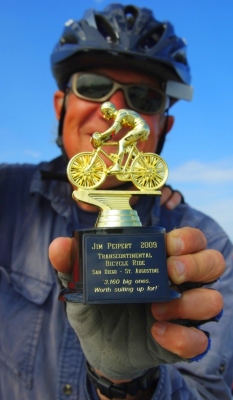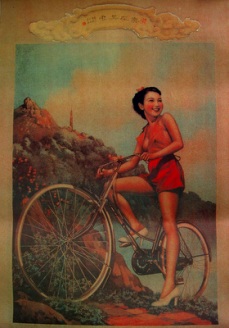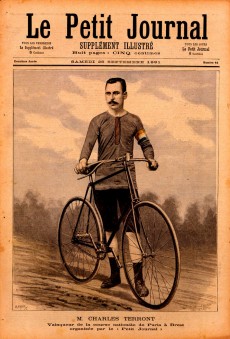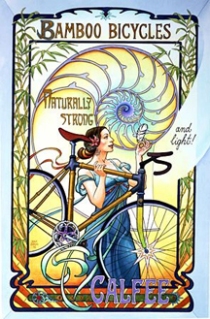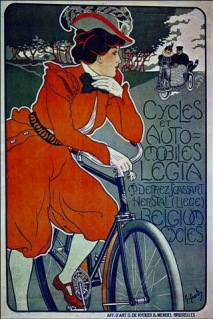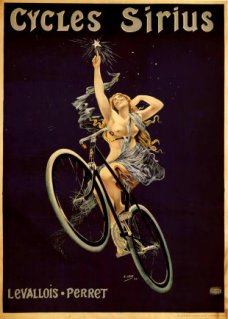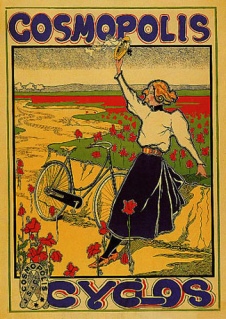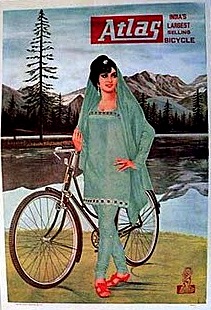Skyrocketing gasoline prices in the United Kingdom are prompting Britons to ditch their cars and seek alternate means of transportation, such as walking (horrors!), public transport — and bicycling.
Americans have been complaining about the high price of gasoline, due partly to political turmoil in the Middle East and North Africa and demand in China. The current average price for a gallon of regular unleaded gas in the United States is about $3.60.
To provide some perspective, the price in Britain of petrol, as the Brits call gasoline, is about 6 pounds sterling, or about $9.60.
“The cost of fuel is a major factor in people’s decisions about making journeys,” Graham Smith of Trafficmaster, a company that provides real-time traffic information, told London’s Daily Mirror for a story published March 28. “There are now fewer vehicles on the roads. There is considerably less commercial traffic and in some cases people are finding other ways to get to work. They are also cutting down on leisure trips or driving to the shops.”
 Added Adrian Tink of the Royal Auto Club: “We are seeing record numbers of people walking and biking. Evidence from the past couple of quarters is that the sale of petrol is dropping. A lot of people are combining journeys, making shorter ones and looking at alternatives such as the train.”
Added Adrian Tink of the Royal Auto Club: “We are seeing record numbers of people walking and biking. Evidence from the past couple of quarters is that the sale of petrol is dropping. A lot of people are combining journeys, making shorter ones and looking at alternatives such as the train.”Sales of gasoline fell by 9.5 percent during the three months up to December, compared with the same period a year earlier, according to Britain’s Office for National Statistics.
Idealo.co.uk, a website that compares prices on a wide range of consumer goods, reports that rising fuel prices have led to a surge in interest in bicycles. Data from the site shows that searches for bikes were up by as much as 58 per cent in March. The site reports that electric bikes have seen a 175 percent surge in interest in comparison to the previous month and that mountain bikes, road bikes and hybrid bikes are also proving popular.
My wife and I and our three sons lived in London for more than six years in the 1970s. During the brief time that we owned a car in London, the price of gasoline, as I recall, was about $3 per gallon. Whenever we came back to the United States on home leave, I wondered why Americans were whining about the high price of gas when a gallon cost less than a dollar.
A store that sells activewear on London’s Carnaby Street, howies, has put up a clever storefront display that outlines a choice facing Britons because of the rising price of petrol: Bike good. Car bad.



























